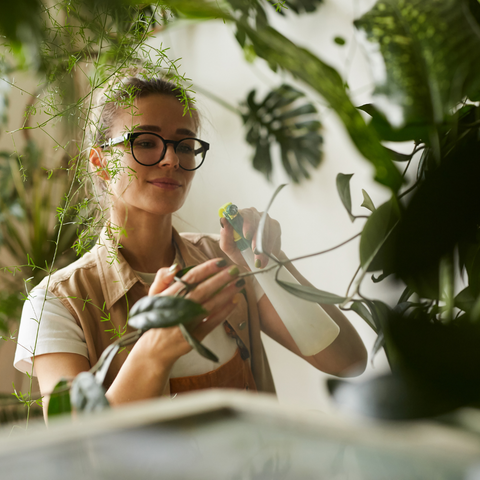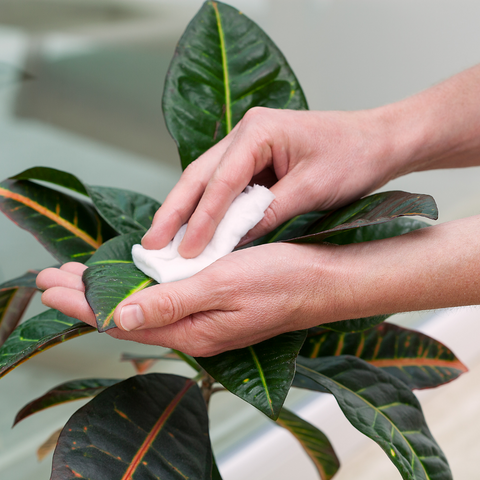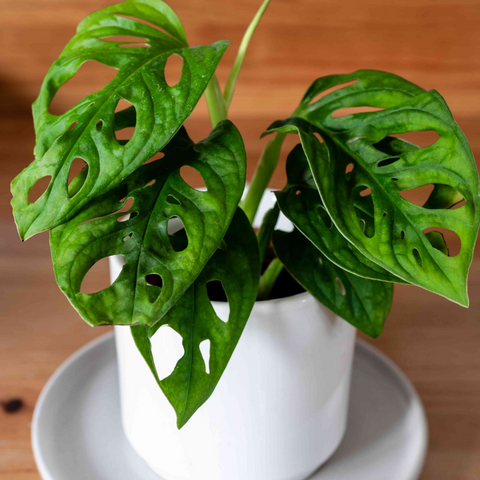Embarking on the indoor gardening journey is an enriching experience, but it comes with its own challenges. From finding the perfect watering schedule to providing adequate sunlight, every aspect of houseplant care is vital in nurturing vibrant greenery within your home. Join us as we delve into the essential elements of primary houseplant care, equipping you with the knowledge and skills to cultivate a flourishing indoor oasis.
1. Watering: The Lifeline of Your Plants
Watering is the cornerstone of successful houseplant care. Understanding your plant's moisture needs is crucial for maintaining optimal health. Most indoor plants thrive with watering approximately once a week, but factors such as plant type, size, and environmental conditions can influence frequency. Observe your plant closely and adjust your watering routine to prevent overwatering or underwatering. Remember, consistency is vital in keeping your green companions happy and hydrated.
2. Repotting: Giving Your Plants Room to Grow
As plants mature, their root systems may outgrow their current pots, leading to stunted growth or waterlogged soil. Look for signs like frequent wilting or roots protruding from the drainage holes, indicating it's time for a new home. When repotting, choose a container slightly larger than the current one, ensuring proper drainage to prevent water stagnation. Transplant your plant into fresh, nutrient-rich soil, providing ample space for root expansion and continued growth. Your plant will thrive and flourish in its rejuvenated environment with a spacious new pot.
3. Cleaning: Nurturing Healthy Foliage
Like any living space, plants benefit from regular cleaning to maintain optimal health and appearance. Dust and debris can accumulate on leaves over time, obstructing sunlight absorption and promoting pest infestations. To keep your plants clean and vibrant, gently wipe their leaves with a damp cloth or shower them in the sink or bathtub. Not only does cleaning remove dirt and grime, but it also enhances photosynthesis and encourages vigorous growth. Treat your plants to a spa day, and they'll reward you with lush, radiant foliage.
4. Humidity: Creating a Tropical Haven
Many indoor plants originate from tropical regions with higher humidity levels than typical indoor environments. Consider increasing humidity levels around your plants to mimic their natural habitat and promote optimal growth. You can achieve this by placing a tray filled with water and pebbles beneath your plant, grouping plants to create a microclimate, or using a humidifier. Monitoring humidity levels and adjusting as needed will ensure your plants thrive in their little paradise.
5. Fertilizing: Nourishing Growth and Vitality
While soil provides essential nutrients for plant growth, regular fertilization is critical to replenishing depleted resources and supporting robust foliage and blooms. Choose a balanced, water-soluble fertilizer formulated for indoor plants and apply it according to the manufacturer's instructions. During the growing season, typically spring and summer, fertilize your plants every two to four weeks to fuel their growth and vitality. However, reduce fertilization during the dormant season, usually fall and winter, to allow your plants to rest and conserve energy. With the proper nutrients, your plants will thrive and dazzle with their natural beauty.
6. Sunlight: Harnessing Nature's Energy Source
Sunlight is plants' primary source of energy, driving photosynthesis and powering their growth processes. Understanding your plant's sunlight requirements is essential for ensuring healthy development. While some plants thrive in bright, direct sunlight, others prefer indirect or low-light conditions. Observe your plant's behavior and adjust its placement for optimal sunlight. South-facing windows typically receive the most sunlight, making them ideal for sun-loving plants, while east or west-facing windows provide moderate to bright indirect light. If natural light is limited in your space, supplement with grow lights to meet your plant's needs. With ample sunlight, your plants will bask in nature's bounty and thrive in their sun-kissed surroundings.
7. This and That: Additional Tips for Plant Parenthood
In addition to the fundamental aspects of houseplant care, there are various tips and tricks to further enhance your plant parenting skills. Regularly inspect your plants for signs of pests or disease, promptly addressing any issues to prevent spread and damage. Rotate your plants periodically to ensure even growth, and avoid leaning or stretching towards light sources. Consider incorporating decorative elements such as pebbles or pots to elevate your plant's aesthetic appeal and complement your home decor. Lastly, don't be afraid to experiment and learn from your experiences as you navigate the rewarding world of indoor gardening.
Conclusion:
Congratulations, you're now equipped with the knowledge and expertise to master primary houseplant care like a seasoned pro! You'll create an environment where your indoor garden thrives and flourishes by prioritizing watering, repotting, cleaning, humidity, fertilizing, and sunlight and incorporating additional tips and tricks.





Comments (0)
There are no comments for this article. Be the first one to leave a message!